$59.97 Original price was: $59.97.$41.98Current price is: $41.98.
SKU: D2LSC 147901629 Categories: Fast Growing Trees, TREES
- Quality that lasts, prices that don't.
- Experience the difference quality makes.
- Satisfaction Guaranteed
- 100% High Quality Guarantee

Black Willow Tree
Salix nigra
Plant Details
USDA Plant Hardiness Zones: 4a-9b Find Your Zone
Shrub Type: Deciduous Tree
Height at Maturity: 30-60′ to 100′ in optimum condition with consistently moist to wet soil
Width at Maturity: 30-60′
Spacing: 65+ feet for space between trees
Growth Habit / Form: Upright Rounded
Growth Rate: Fast! 2’+ per year
Flower Color: Golden Yellow, not showy
Flower Size: 2-4″ catkins
Flowering Period: Spring
Flower Type: Catkin, not showy, inconspicuous
Fragrant Flowers: na
Foliage Color: Light to Medium Green turning Yellow in fall
Fragrant Foliage: No
Fruit: na
Sun Needs: Full Sun to Part Shade; minimum of 4 hours direct sunlight per day suggested
Water Needs: Average to High
Soil Type: Clay, Loam, Sandy(amend quick draining soil to retail moisture), Silty; prefers a consistently moist to wet soil
Soil Moisture / Drainage: Moist But Well-Drained to Wet
Soil pH: 4.5 to 7.0 (Acid to Alkaline)
Maintenance / Care: Low
Attracts: Birds, Mammals, Wildlife
Resistances: Cold Temperatures (-30F), Deer, Erosion, Heat, Humidity
Description
A fine textured tree providing a soft, cloudlike appearance in the landscape, Salix nigra, commonly called Black Willow for its dark trunk bark, is a fast-growing tree which appreciates life on the wet side. In the wild, you might see it thriving in consistently moist to wet soils of floodplains or around stream and river banks, swamps, marshes, and ponds or lakes. Depending on soil moisture, it can add 2 or more feet in height per year typically reaching 30 to 60 feet tall and equally as wide. In optimum growing conditions it can reach a height of 80 feet or more. It often forms multiple curved trunks 12 to 24 inches in diameter topped with a broad, rounded to irregular crown clothed in narrow, elongated medium to dark green leaves up to 6 inches long that turn to yellow to chartreuse shades in fall. The attractive bark is dark brown to blackish developing deep grooves with shaggy scales as it ages. Black Willow is a fine addition to natural areas where the soil stays moist to wet.
Wildlife Benefits
The Black Willow is a larval host plant for many butterfly species including Eastern Tiger Swallowtail, Mourning Cloak, Viceroy and Eastern Comma. Its buds and catkins are eaten by birds and its canopy provides excellent leaf season cover for birds in wetland sites. It also supports many other beneficial pollinators such as bees.
Landscape & Garden Uses
Growing 30 to 60 feet tall and equally as wide, the Black Willow tree is ideal for use as a specimen or in groupings in sites where the soil stays consistently moist to wet, such as around lakes, ponds, streams, rivers, bogs, swamps and other areas where the roots have access to water. A fine addition to rain gardens, native gardens, wetland gardens and bog and swamp gardens.
Suggested Spacing: 65+ feet for space between trees
Growing Preferences
The Black Willow Tree is very easy to grow in most any moist but well-drained to wet soil and full sun to part shade. That said, while it will thrive near and around lakes, streams and other bodies of water, it does not like constant standing water. We suggest a minimum of 4 hours of direct sunlight per day. It does not require pruning however responds well to it for shaping purposes and size control. We’ve actually seen some very nice pom-pom topiary specimens though pruning to maintain this form eventually becomes difficult as the tree grows larger and the pomp-poms grow together appearing more as a grouping of clouds. Avoid plant a Black Willow within 50 feet of a septic system.
Note: Find helpful advice from our experts under the Planting & Care tab above on desktop screens and below on mobile phones.
Plant Long & Prosper!
Meet The Wilson Brothers & Staff
Questions? Contact Us
Be the first to review “Black Willow Tree (Salix Nigra) – 3 Pack Of 1.5 Quart Pots” Cancel reply
Related products
Sale!
Sale!
Sale!
Sale!
Sale!
Sale!
Sale!
Sale!

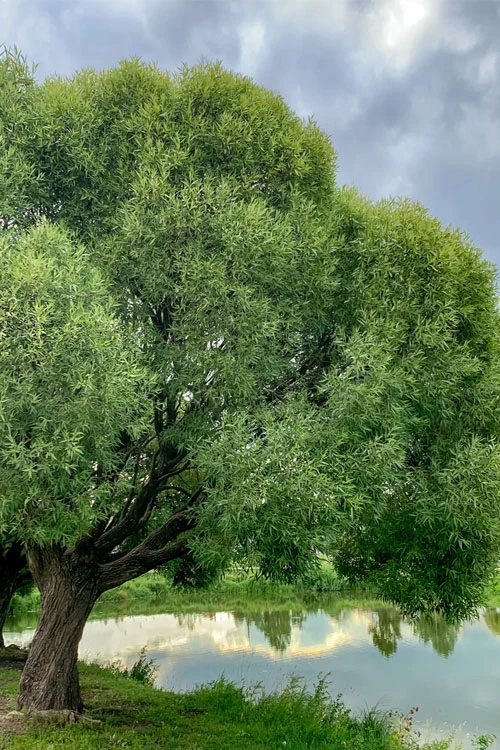




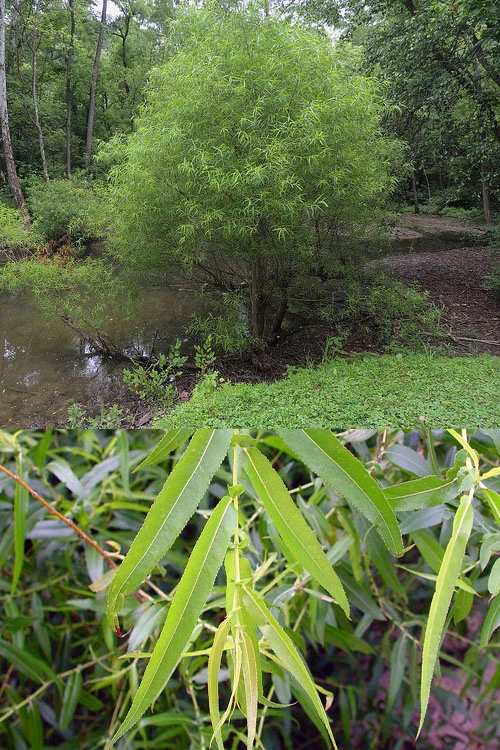
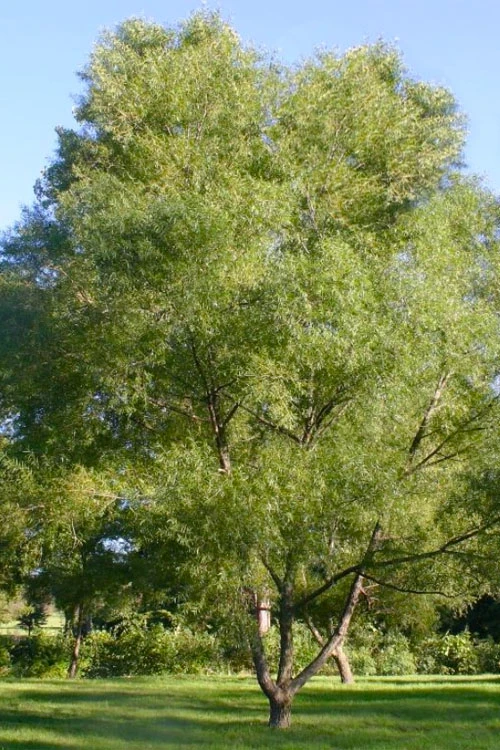



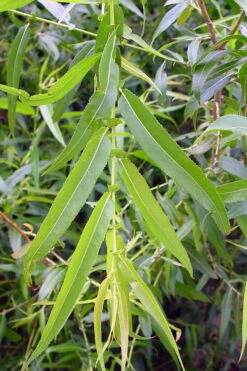

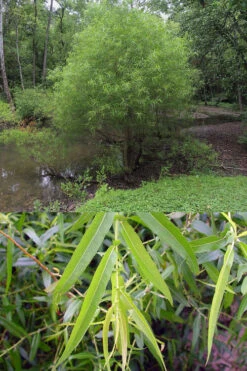

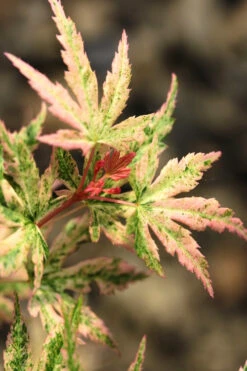

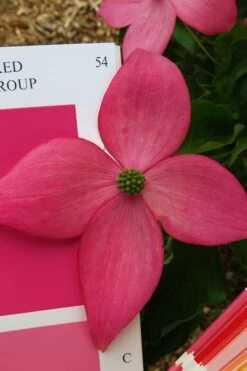

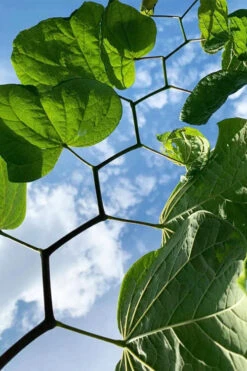

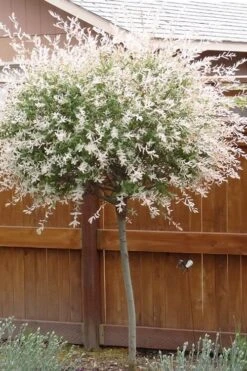



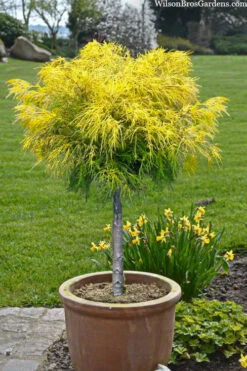

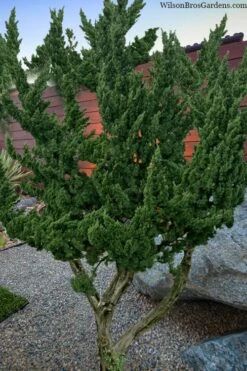

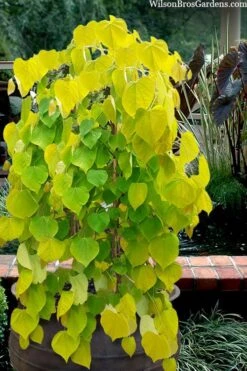

Reviews
There are no reviews yet.